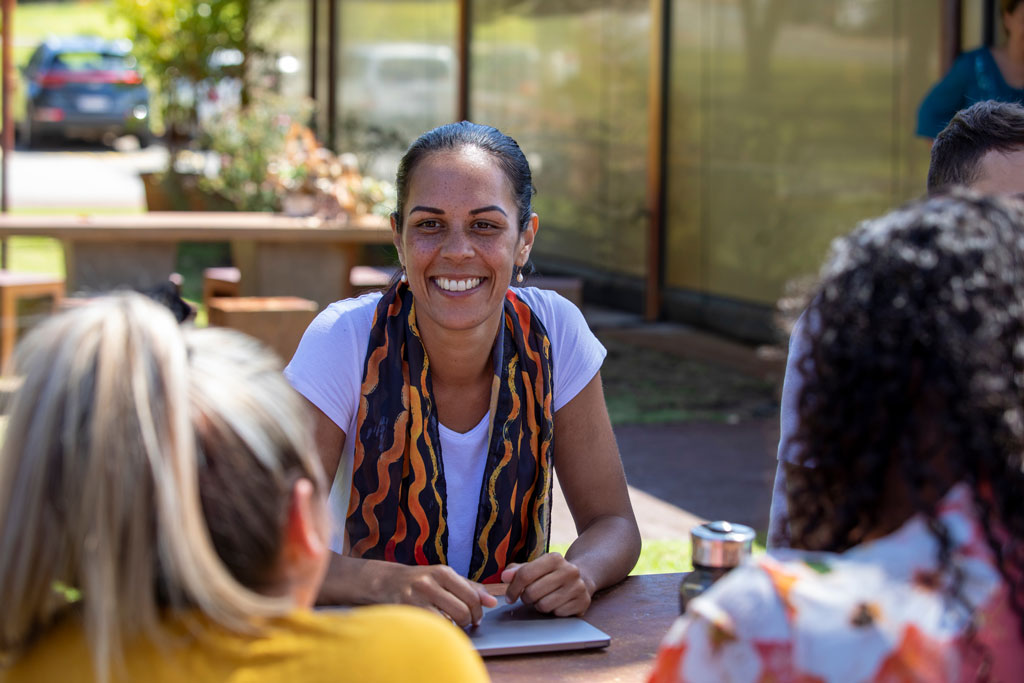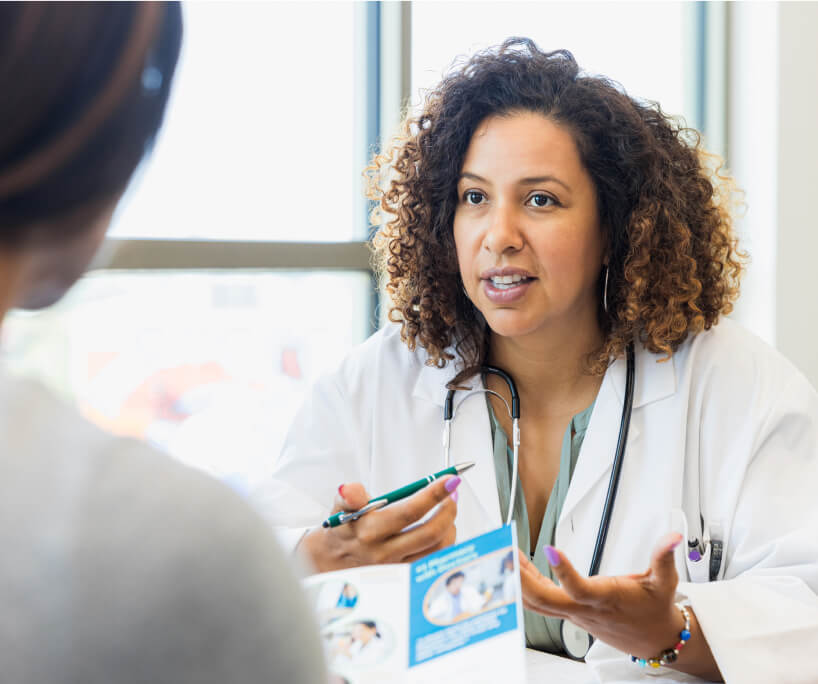It might feel like there’s a lot to learn when you’ve been diagnosed with type 1 diabetes, especially if you’re not feeling well. But try not to feel overwhelmed. You’re not expected to do it all on your own.
With the support of your diabetes health professionals, you’ll learn how to manage type 1 diabetes so you can get back to the activities you enjoy and lead a full and healthy life.
Type 1 diabetes
This is where your body can no longer make insulin due to damage to your pancreas cause by your immune system.
About 1 in 10 people with diabetes have type 1 diabetes.
Eight or nine out of 10 people with diabetes have type 2 diabetes.
About 1 in 6 pregnant women in Australia will develop gestational diabetes.
Type 1 diabetes means your blood glucose levels are too high because your body can no longer make insulin.
Insulin is a hormone that helps glucose from the carbohydrates (carbs) we eat, and drink enter the body’s cells to be used for energy.
In type 1 diabetes, the immune system destroys the beta cells in the pancreas that make insulin. We all need insulin to live.
Without insulin, glucose builds up in the bloodstream and causes serious health problems.
People with type 1 diabetes need lifelong insulin replacement given by an injection or an insulin pump to regulate their blood glucose levels.
The symptoms of type 1 diabetes can come on suddenly. When you have type 1 diabetes, you might notice some big changes in your body over a couple of days, or weeks.

Blurry vision

Increased hunger

Genital itching or thrush

Cuts and wounds that take a long time to heal







A diabetes educator is a health professional who can help you to manage your diabetes. A credentialled diabetes educator (CDE) is a health professional who specialises in diabetes education and care.
A health professional who can help you to manage your diabetes. A credentialled diabetes educator (CDE) is a health professional who specialises in diabetes education and care. They can help you learn how to manage and monitor your health with diabetes. CDEs can provide advice on the effects of food and exercise, insulin and monitoring your blood glucose levels.
They can help you learn how to manage and monitor your health with diabetes. CDEs can provide advice on the effects of food and exercise, insulin and monitoring your blood glucose levels.




A podiatrist checks the health of your feet and provides advice on caring for your feet.

They provide advice and support you with being physically active.




A dentist checks the health of your mouth including your teeth and gums.

They provide local and culturally appropriate information and support for Aboriginal and Torres Strait Islander people.

A diabetes nurse practitioner is a registered nurse who specialises in diabetes care and management.
A registered nurse who specialises in diabetes care and management. They’re qualified and authorised to practice in an advanced clinical role. This is different to a practice nurse working with a GP.
Firstly, get to know your diabetes health professionals and ask for help when you need it.
Secondly, build your confidence with giving your insulin and monitoring your blood glucose levels during the day. With sensor glucose monitoring devices now available, this can help.
Thirdly, remember that your blood glucose level may not always be in your target range. Find out how to manage and reduce your risk of hypos. Talk to your diabetes health professional about what you can do to manage or correct high blood glucose levels.
Next, find out as much as you can about carb counting but don’t forget to follow a balanced and enjoyable eating pattern.
Finally, when you feel ready, go back to your usual activities. Type 1 diabetes can fit into your life.
As part of your NDSS registration you would have been emailed a link to a booklet called Information for people with type 1 diabetes. This booklet serves as a gateway to figure out how to fit type 1 diabetes into your life. The chapters on insulin and monitoring are a great place to start when it comes to self-management skills.

Go to the NDSS website to read or download a copy of the Information for people with type 1 diabetes fact sheet.
Call the NDSS Helpline 1800 637 700 and ask to speak to a diabetes health professional.
Stay in touch with the NDSS. Sign into you My NDSS account to check out our programs and service, go to ndss.com.au to search for resources and follow the NDSS on social media for updates and news.

Here are some helpful tips to help you ask for more information or support at your next appointment.
